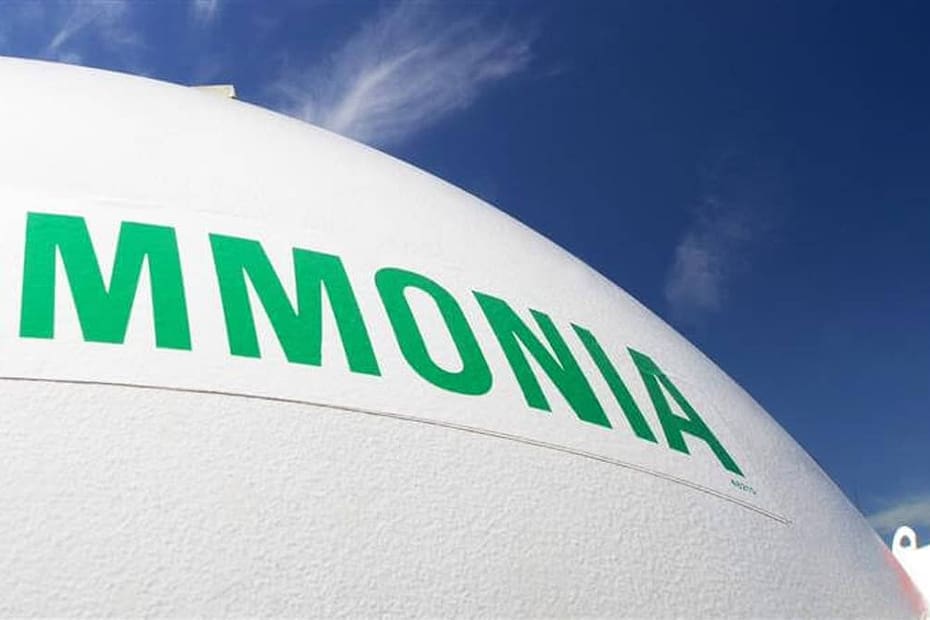A new catalyst developed in South Korea could make it easier and more affordable to extract hydrogen from ammonia, which is a process that is becoming increasingly important for long-distance hydrogen transport.
The advance could support the development of global hydrogen supply chains by improving how efficiently ammonia can be converted back into hydrogen at its destination.
Researchers at the Korea Research Institute of Chemical Technology (KRICT) have created a cobalt-iron catalyst enhanced with cerium oxide, which achieved an ammonia conversion rate of 82% at 450°C in laboratory testing. This means that most of the ammonia fed into the system was successfully broken down into usable hydrogen and nitrogen.
Ammonia works well as a hydrogen carrier thanks to its high energy density and established global transport infrastructure. Cracking it back into hydrogen at the point of use is needed in sectors such as shipping, power, and industrial heat.
However, cracking processes often require high temperatures and rely on expensive catalyst materials, making any efficiency improvements significant.
The KRICT team aimed to address these challenges by designing a catalyst using non-noble metals that could perform well under industrial conditions. Cerium oxide was added to stabilise the catalyst and improve the reaction rate by assisting in the release of nitrogen, which is the slowest step in the decomposition process.
“This catalyst can be applied to large-scale ammonia-based hydrogen production, hydrogen power plants, hydrogen fuelling stations, and maritime industries,” said Su-Un Lee, who is a senior researcher at KRICT.
The project is backed by South Korea’s trade and energy ministry, with a commercialisation target set for 2030.
KRICT President Yeong-Kuk Lee said the catalyst “will accelerate the practical implementation of eco-friendly hydrogen production technology and contribute to a sustainable hydrogen economy based on renewable energy.”
Ammonia cracking is a growing area of research and investment globally, with analysts forecasting strong market growth in the years ahead. IMARC Group estimates the global ammonia cracker market could reach $1.8bn by 2033. Meanwhile, the Hydrogen Council and analyst group McKinsey estimate that hydrogen transport via ammonia could help enable up to eight million tonnes of clean hydrogen demand by 2030 across Europe, East Asia and the US.
